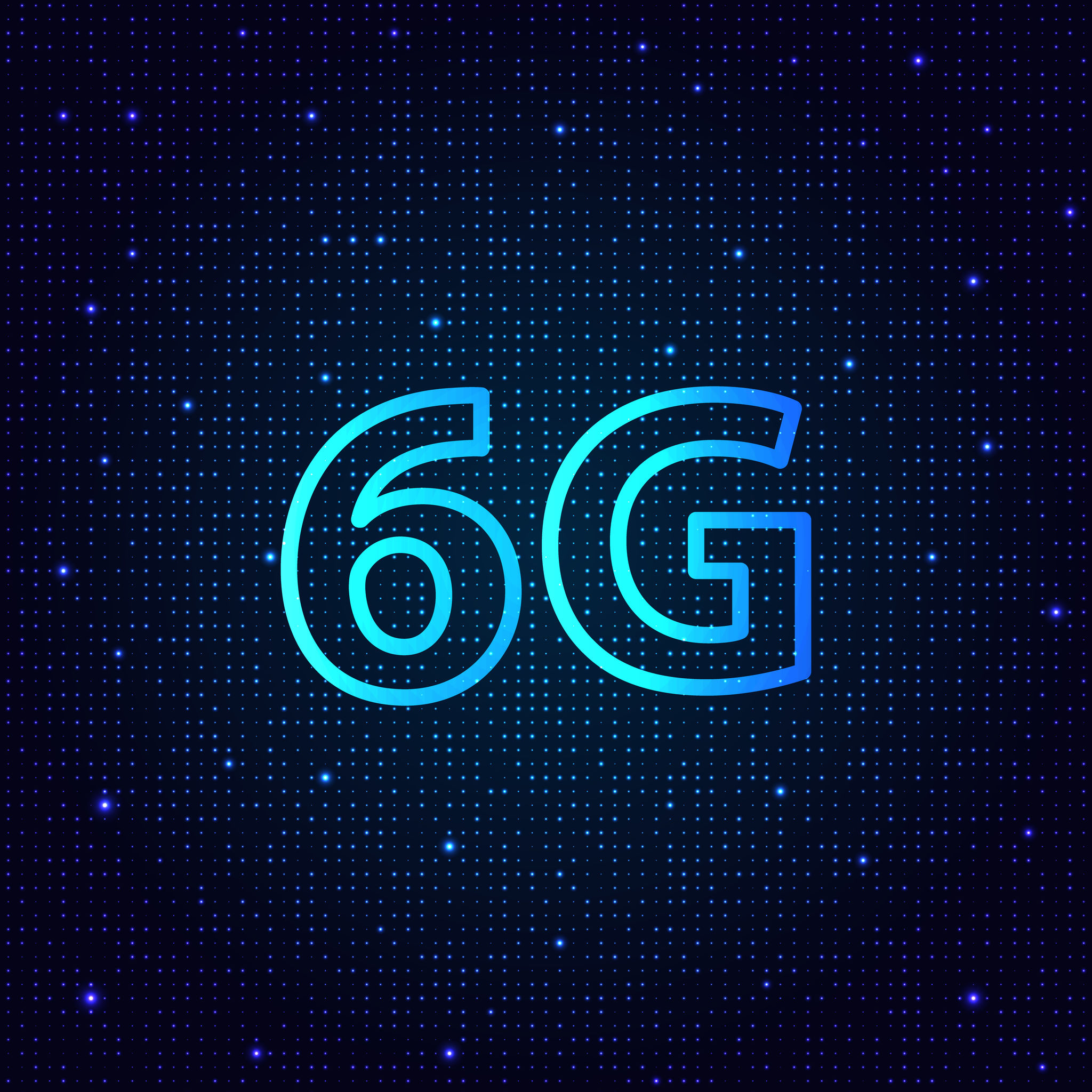When Carl Henrik Svanberg began at Ericsson in 2003, he came into a company that was cutting costs by ~$50 million per week for nearly two years, resulting in ~60,000 people leaving the company. The total telecom sector shed some 600,000 jobs, as outlined in the book “Ericsson’s crisis and the journey back.” Our estimates suggest average radio access network (RAN) investment levels during the 2002 and 2003 period were roughly 20% lower than both 2001 and 2004 levels. RAN investments declined sharply as well during the Great Recession, with the average RAN capex down approximately 12% relative to pre-recession levels.
These spectacular declines can be attributed to a confluence of factors. But the change in GDP output was clearly a common denominator. With the economy now on track to record a much steeper decline with economists projecting GDP will shrink by 5% this year and be down some 8% relative to pre-pandemic levels, the fundamental question is very simple – why is capex and RAN projected to grow in 2020 and 2021?

At this juncture we are attributing the high level disconnect between the underlying economy and the RAN developments to a wide range of factors with the three main ones being the shift from 4G to 5G, the nature of this recession, and the role of connectivity. One major difference between this COVID-19 recession and the 2001 and 2008 contractions is the fact that we are in the middle of a broad-based technology transition. Not surprisingly, the shift from 4G to 5G is accelerating at a torrid pace in some of the more advanced markets, helping to offset weaker trends in slower-to-adopt mobile broadband markets.
While RAN investment trends, excluding some of the more advanced markets, appear less disconnected from the underlying economy, the decline in this normalized scenario is still muted relative to the other two recessions.
It is not only about peak-to-trough. The shorter duration with this recession relative to previous downturns might also result in improved visibility enabling operators to raise capex sooner. The 2001 and 2008 recessions lasted for 8 and 19 months, respectively. But this recession is already in the recovery phase meaning that even if the magnitude of this recession is steeper than that of the Early 2000s and the Great Recession, the much shorter duration this time around should result in an improved visibility for operators working on their capex budgets, eliminating the need to adjust capex downward for prolonged periods.

Finally, the role of connectivity has changed rather dramatically over the past 20 years as more affordable smartphones have transformed how we communicate and rely on connectivity. Preliminary readings suggest currency adjusted wireless operator revenues were flat year-over-year for the 1H20 period. And while it is too early to conclude that the proportion of real income households are willing to allocate for content and connectivity is changing in this recession, we can speculate that the increased dependence on connectivity might change how households prioritize their budgets in times of heightened financial uncertainty.
One recent consumer survey found that 42% of Americans would rather go without their significant other/spouse for a month than go without their smartphone for 30 days. Though this might not be overly surprising eight months into a pandemic, other surveys also support the premise that there could be some reshuffling when households allocate their disposable incomes.
And in contrast to previous recessions, the COVID-19 slowdown is shifting and transforming the way we use the network resulting in resource allocation adjustments and increased use of fixed wireless access technologies (FWA).
RELATED: Industry Voices — Pongratz: Virtualized and open RAN gain momentum
Medium to long-term, we envision COVID-19 could have a positive impact on connectivity-related capex. We are not downplaying the tragedy that the Coronavirus represents with immeasurable humans losses and massive economic losses. But we do believe COVID-19 has and will continue to expose the digital divide accelerating the need for businesses and governments to review their broadband plans to not only prepare for the next pandemic, but also to accelerate their digital transformation plans.
In other words, if we merely analyzed the relationship between GDP and RAN, one could argue that a double-digit RAN capex contraction is a plausible scenario over the short-term. And even though we are still operating in unchartered territories with a higher-than-usual degree of uncertainty around the economy, we continue to forecast the RAN market to advance in both 2020 and 2021, resting heavily on the assumption that the 5G technology rollouts, the improved visibility with this recession, and the changing role of connectivity will ultimately outweigh the negatives. The telecom bloodbath will have to wait.
Stefan Pongratz is a vice president at the Dell’Oro Group. He joined Dell’Oro in 2010 after spending 10 years with the Anritsu Company. Pongratz is responsible for the firm’s Radio Access Network and Telecom Capex programs and has authored advanced research reports on the wireless market assessing the impact and the market opportunity with small cells, C-RAN, 5G, IoT and CBRS.
“Industry Voices” are opinion columns written by outside contributors—often industry experts or analysts—who are invited to the conversation by FierceWireless staff. They do not represent the opinions of the editorial board.













